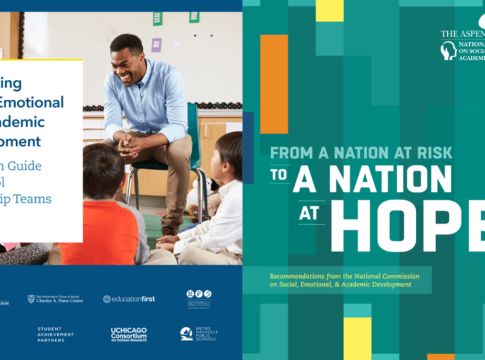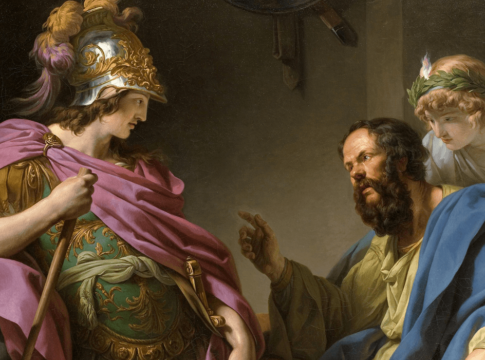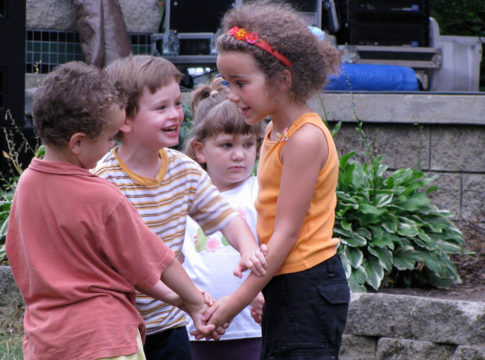I was four years old in September 1967 on my first day of kindergarten at Countrywood Elementary School in South Huntington School District 13 on Long Island. Before my first year of formal education was over, Martin Luther King, Jr., would be shot to death in Memphis. Robert Kennedy, too, in Los Angeles. More than 30,000 American boys had been killed in Vietnam by the time riots disrupted the Democratic National Convention, just weeks before I started first grade in Mrs. Bobowitz’s class. Riots and social unrest were not infrequent in the America of my early childhood years: Watts, Detroit, Newark, Washington, D.C. Airline hijackings were common, too. My dad flew for American.
 My parents made no attempt that I’m aware of to shield me from the events of those turbulent years. There was always a copy of Newsday and the New York Daily News on the kitchen table, and the TV was rarely turned off in our house. I remember the moon landing and the Manson murders, both of which occurred in the sixth summer of my life. Memory is untrustworthy, but despite growing up in the most tumultuous years of the last few generations, I don’t believe I got a sense from the adults in my life—my parents, teachers, or others—that the world was unusually dangerous, volatile, or spiraling out of control. I went to school and became obsessed with animals, airplanes, and the New York Mets. I could ride my bike and play kickball in the street with my friends unsupervised, as long as I stayed within the sound of my mother’s shouts (not her sight) and came inside when the streetlights came on.
My parents made no attempt that I’m aware of to shield me from the events of those turbulent years. There was always a copy of Newsday and the New York Daily News on the kitchen table, and the TV was rarely turned off in our house. I remember the moon landing and the Manson murders, both of which occurred in the sixth summer of my life. Memory is untrustworthy, but despite growing up in the most tumultuous years of the last few generations, I don’t believe I got a sense from the adults in my life—my parents, teachers, or others—that the world was unusually dangerous, volatile, or spiraling out of control. I went to school and became obsessed with animals, airplanes, and the New York Mets. I could ride my bike and play kickball in the street with my friends unsupervised, as long as I stayed within the sound of my mother’s shouts (not her sight) and came inside when the streetlights came on.
Last month the New York Times ran a piece titled “Can Kindness Be Taught?” about a “social-emotional learning” (SEL) curriculum developed by the Center for Healthy Minds at the University of Wisconsin–Madison, “in which preschoolers are introduced to a potpourri of sensory games, songs and stories that are designed to help them pay closer attention to their emotions.” Children who received the “kindness training” became more altruistic, the paper reported. “It also strengthened children’s ability to focus and modestly boosted their academic performance.” I’m out of my depth on whether personality traits can be “taught” in school and agnostic at best on whether they ought to be. But a quote from a teacher in the Times piece leapt out at me. “Our world is kind of a scary place,” said Danielle Mahoney-Kertes, a literacy coach at P.S. 212 in Queens, which implements the pre-K Kindness Curriculum. “We can’t always control what is happening outside us. But what we’re teaching them is that they can control how they respond.”
Her words made me wonder which would have a more significant effect on students, particularly the very youngest ones: a good social-emotional learning curriculum? Or a teacher who thinks the world is a scary place? Perhaps early childhood teachers who view the world as awe-inspiring and who are eager to share their optimism and excitement with students might be more beneficial than teaching coping skills.
My question struck a chord with Holly Korbey, one of the more thoughtful education writers I know, who has been reporting an upcoming piece on social-emotional learning, visiting about two dozen classrooms, mostly in Tennessee and Nevada, which implement the sort of kindness and “mindfulness” training highlighted in the Times piece. “When you have an SEL hammer, everything looks like a nail,” she observed about the classrooms she’s visited. “I noticed that kids talked a lot more about their stress and problems.”
It should go without saying (alas, in nuance-averse 2018, few assumptions can safely go unsaid) that we ought not be blithe about societal problems or the degree to which the impulse to insulate very young children from very real problems is a form of “privilege.” But neither should we overstate the dangers of the present moment. Mostly I wonder if it’s not worth thinking long and hard about the effects on children of a rapidly growing educational movement that proceeds from the pessimistic assumption that the world is so cracked and broken, that even the very youngest children need tools to make their way in it. At the very least, we might consider the age at which it’s appropriate to introduce these curricula and tools.
Korbey, who is the mother of three boys, notes that asking children to be problem-solvers, puts the focus on the problem. “I wonder whether to value what we want them to value—the planet, democracy, kindness—we should focus more on wonder, optimism, and magnificence. That doesn’t mean we don’t get to the problems eventually, but maybe for older kids,” she said. “You’ve got to love the world before you can save it.”
My thought exactly.
— Robert Pondiscio
Robert Pondiscio is senior fellow and vice president for external affairs at the Thomas B. Fordham Institute.
This post originally appeared in Flypaper.





